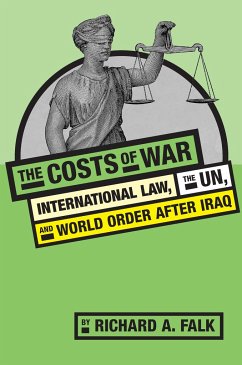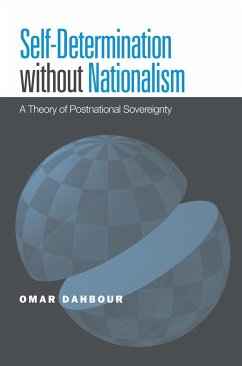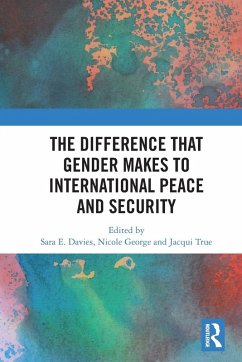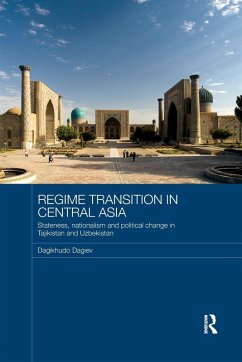
Systems, Relations, and the Structures of International Societies
Versandkostenfrei!
Versandfertig in über 4 Wochen
37,99 €
inkl. MwSt.
Weitere Ausgaben:

PAYBACK Punkte
19 °P sammeln!
Inspired by recent work in evolutionary, developmental, and systems biology, Systems, Relations, and the Structures of International Societies sketches a robust conception of systems that grounds a new conception of levels (of organization, not merely analysis). Understanding international systems as multi-level multi-actor complex adaptive systems allows explanations of important features of the world that are inaccessible to dominant causal and rationalist explanatory strategies. It also develops a comprehensive critique of IR's dominant conception of systems and structures (narrow, rigid, ...
Inspired by recent work in evolutionary, developmental, and systems biology, Systems, Relations, and the Structures of International Societies sketches a robust conception of systems that grounds a new conception of levels (of organization, not merely analysis). Understanding international systems as multi-level multi-actor complex adaptive systems allows explanations of important features of the world that are inaccessible to dominant causal and rationalist explanatory strategies. It also develops a comprehensive critique of IR's dominant conception of systems and structures (narrow, rigid, and unfruitful); presents a novel conception of the interrelationship of the social production of continuities and the social production of change; and sketches models of spatio-political structure that cast new light on the development of international systems, including a distinctive account of the nature of globalization.














